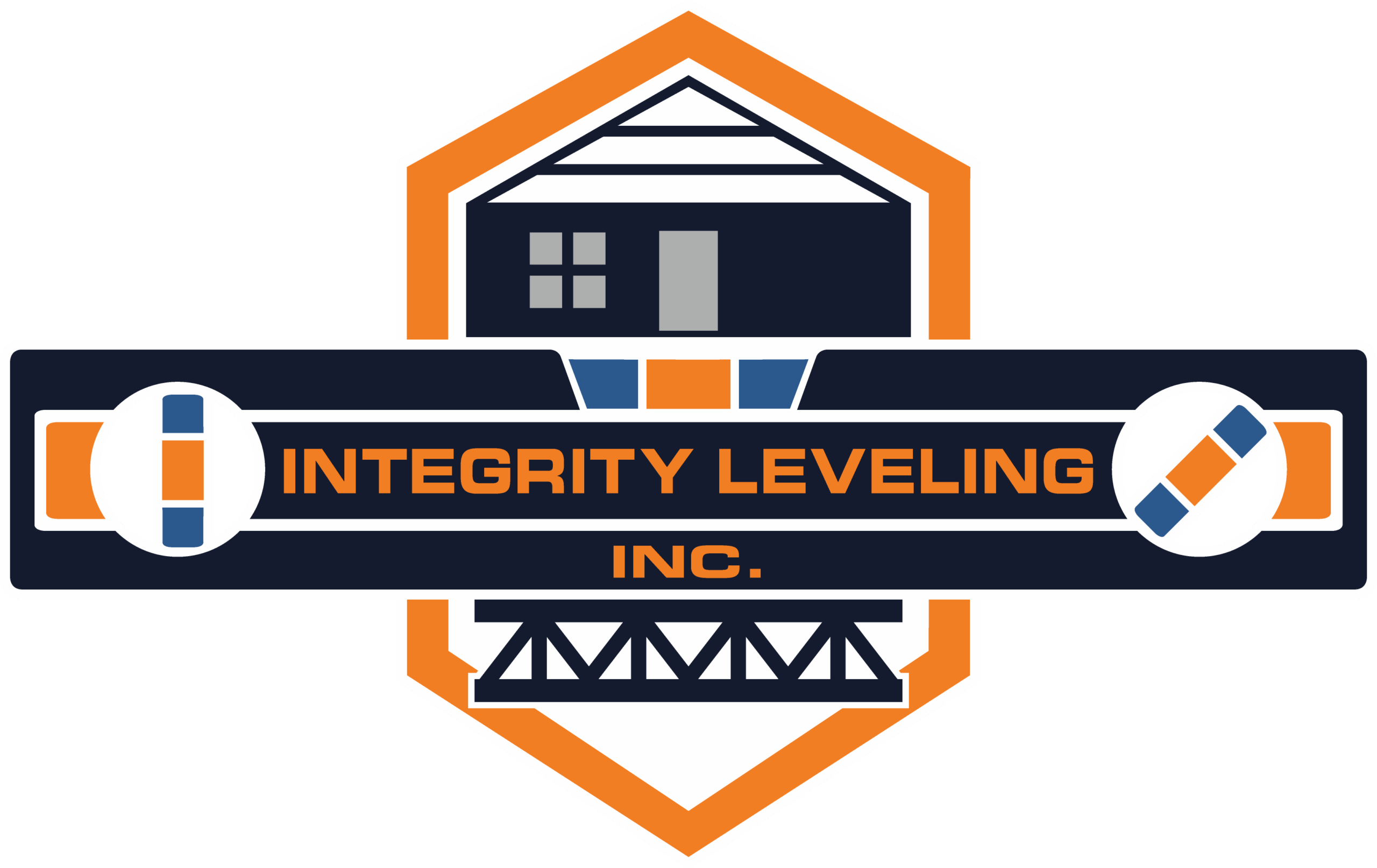Buying a mobile home is a major investment, and like any home purchase, it requires careful consideration and planning. While many buyers focus on floor plans, locations, and financing options, one critical step is often overlooked: the mobile home foundation inspection. Whether you’re a first-time buyer or a seasoned investor, understanding the importance of a solid foundation can save you from costly repairs and future headaches.
This guide will walk you through why foundation inspections are essential, what to expect during the process, and how to use a mobile home inspection checklist to ensure you’re making a smart investment.
Why Foundation Inspections Are Non-Negotiable
The foundation is the backbone of any home, and for mobile homes, it plays a vital role in stability, safety, and longevity. A compromised foundation can lead to serious problems such as:
- Uneven floors and sagging
- Cracked walls or ceilings
- Plumbing and drainage issues
- Difficulty opening and closing doors or windows
- Decreased resale value
Unlike cosmetic issues that can be easily fixed, foundation problems are structural. Ignoring them during the buying process can result in thousands of dollars in unexpected repairs. That’s why scheduling a mobile home leveling inspection and overall foundation evaluation is such a necessity.
What a Mobile Home Foundation Inspection Includes
A qualified inspector will assess the condition of the foundation system and ensure the home is properly supported and leveled. Key areas typically examined include:
- Piers and Blocks: Inspectors will look for cracks, shifting, or deterioration in the pier system.
- Tie-Downs and Anchors: Proper anchoring is essential for safety, especially in areas prone to storms or high winds.
- Leveling: A mobile home leveling inspection ensures the home sits evenly, preventing stress on the structure.
- Moisture and Drainage: Poor drainage or water accumulation under the home can weaken the foundation and attract pests.
- Skirting and Ventilation: Proper skirting and airflow help protect the underside of the home from moisture damage.
- Weather-Related Damage: Inspectors also look for signs of weather damage that could compromise the stability of the foundation.
These factors are critical to ensuring your home is safe and stable, both now and in the future.
How to Use a Mobile Home Inspection Checklist
Before hiring an inspector, familiarize yourself with a mobile home inspection checklist. While a professional should always handle the detailed evaluation, having a checklist on hand helps you know what to expect and what questions to ask.
Here is an example checklist for your reference:
Mobile Home Inspection Checklist
| Foundation Piers | Check for cracks, leaning, or shifting of blocks and piers. |
| Shifting or Settling | Look for uneven areas around the home, sloping floors, or gaps between the foundation and frame. |
| Anchoring and Tie-Downs | Confirm that anchors are present, properly attached, and free of rust or damage.
Leveling Assessment: Ensure the home is level; doors and windows should open and close smoothly. |
| Water Damage and Drainage | Inspect for pooling water under the home, signs of moisture damage, or mold growth. |
| Skirting Condition. | Verify skirting is intact, secure, and allows for adequate ventilation |
| Ventilation and Airflow | Check for blocked vents or poor airflow that could lead to excess moisture. |
| Visible Structural Issues | Note cracks in walls, sagging floors, or stress on the frame. |
| Plumbing and Utility Access | Ensure plumbing lines, wiring, and utility connections are protected and free from damage. |
| Overall Safety | Confirm no hazards exist beneath the home, such as exposed wiring or unstable supports. |
Using a checklist not only empowers you as a buyer but also ensures nothing critical is overlooked during the inspection.
Solidify Your Understanding: HUD Foundation Requirements
A great resource to underscore the importance of foundation compliance is the HUD Permanent Foundations Guide for Manufactured Housing. This guide outlines specific requirements—such as tie-down systems, frost-line considerations, ventilation, and engineering certification—used to ensure safety and stability in manufactured housing foundations
Final Thoughts
When buying a mobile home, don’t let excitement overshadow due diligence. A strong foundation is essential for safety, comfort, and long-term value. By scheduling a mobile home foundation inspection, following a detailed mobile home inspection checklist, and ensuring a mobile home leveling inspection is completed, you set yourself up for a secure and worry-free investment.
